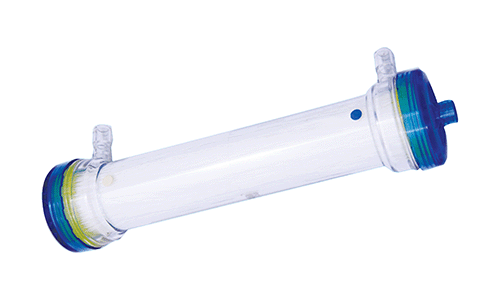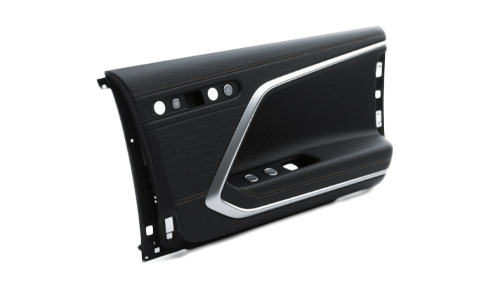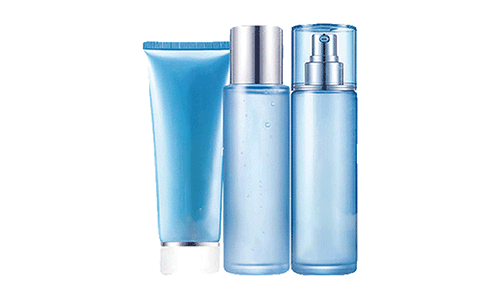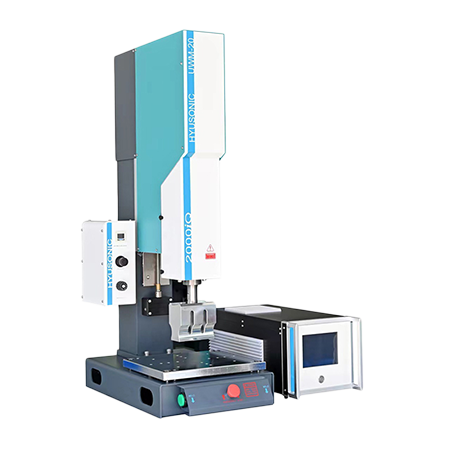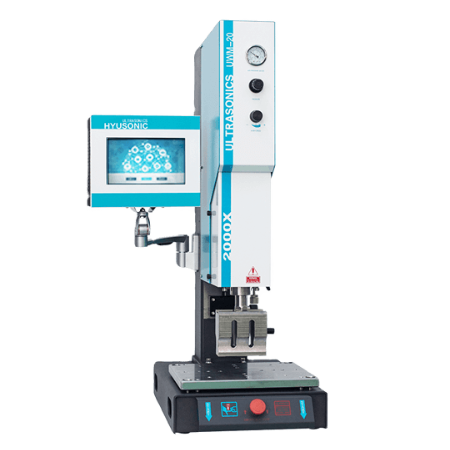what is ultrasonic welding plastic
Ultrasonic technology can be used for welding plastics, metals, and composite materials, which has gradually been understood by most people. Ultrasonic welding of plastics is a cold welding process that uses the piezoelectric effect of piezoelectric ceramics to convert electrical energy into ultrasonic waves and uses the high-frequency vibration of ultrasonic waves to weld thermoplastic plastics.
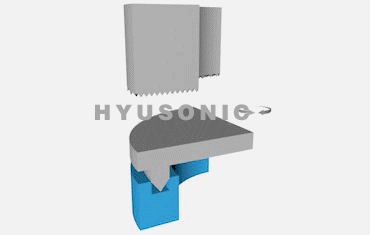
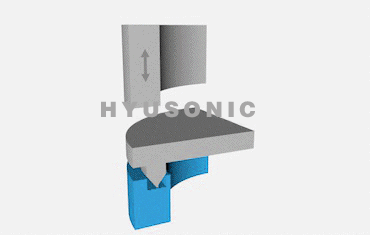
how does ultrasonic plastic welding work
advantages of ultrasonic welding plastic
High Efficiency: Short welding time (0.1–2 seconds), suitable for automated production lines.
Clean Process: No need for solders or solvents, eliminating chemical contamination.
Precision: Welding area can be controlled to millimeter-level accuracy, with no obvious surface damage.
Energy Saving: Energy consumption is only 30–50% of traditional thermal welding processes.
Excellent sealing: It can achieve good air tightness and water tightness, extend the shelf life of the product, and prevent chemical oxidation.
what materials can be ultrasonically welded
- Amorphous Plastics (e.g., PS, PC, PMMA):
When heated by high-frequency vibrations to their glass transition temperature (Tg), the molecular chains within the plastic start to slide and recombine. After cooling under pressure, a new molecular structure forms, achieving the welding effect. - Semi-Crystalline Plastics (e.g., PE, PP, PA (Nylon)):
Semi-crystalline plastics have both amorphous and crystalline regions. The amorphous regions allow molecular movement at the glass transition temperature (Tg), while the crystalline regions require heating to their melting point (Tm) for melting and welding. However, rapid cooling after melting may reduce weld strength due to crystalline shrinkage. Therefore, higher ultrasonic amplitudes or specialized energy-directing structures are typically needed to concentrate heat and ensure optimal welding results.
Common plastics that can be welded and their properties
Polypropylene (PP)
PP can be ultrasonically welded. PP, a semi-crystalline thermoplastic, is highly suitable for ultrasonic welding. Its chemical resistance and flexibility make it a popular choice in packaging, automotive, and consumer goods industries. Welding requirements: PP’s semi-crystalline structure allows for efficient heat generation during the welding process. However, material thickness and joint design play crucial roles. Custom-tailored welding strategies are often needed for complex PP components.
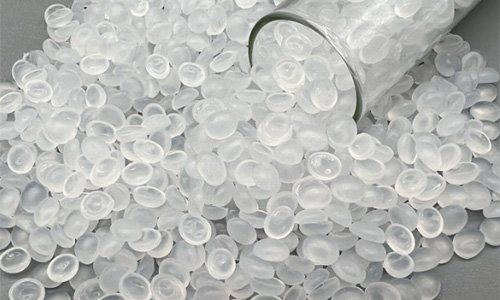

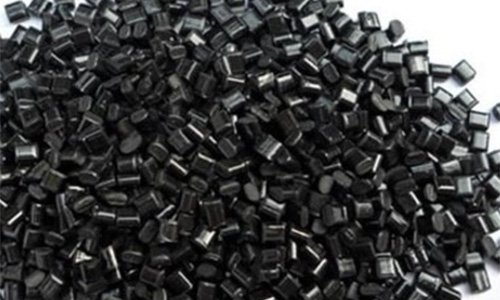
Materials like Polycarbonate (PC), Nylon (PA), Polyethylene (PE), Polymethyl Methacrylate (PMMA), Polyphenylene Oxide (PPO), and Ethylene-Vinyl Acetate (EVA) are all weldable with ultrasonic technology. Welding requirements vary: PC’s high melting point requires careful heat management; PA’s hygroscopic nature demands proper drying; PE’s different grades (HDPE, LDPE) have distinct welding behaviors. Curious about how to optimize ultrasonic welding for these materials? We have the expertise to help. Contact us now!
Thermoplastic Composites
Glass Fiber Reinforced Plastics: Such as PP – GF, PA – GF, etc. Glass fibers enhance performance but increase welding difficulty, requiring customized molds and parameter adjustments. They are used in the automotive and aerospace fields.
Mineral-Filled Plastics: Containing calcium carbonate, etc., these plastics improve hardness. They have little impact on ultrasonic energy transmission, and parameters are adjusted according to the filling ratio. They are applied to home appliances and pipes.
Flame – Retardant Reinforced Plastics: Flame retardants are added for fire prevention. Some affect welding, so it’s necessary to understand the composition, optimize parameters, and pay attention to volatiles. They are used in electronics and construction materials.
Plastic Alloys: Like ABS – PC alloy, they combine multiple advantages. Welding requires comprehensive consideration of their characteristics and is used in high-end equipment and automotive interiors.
Ultrasonic welding plastics in different industries case videos
Ultrasonic welding of plastics is highly suitable for mass production in fields such as medical, electronics, packaging, and food due to its excellent airtightness, precision, clean welding process, and fast welding time.
How to Choose Ultrasonic Plastic Welder
- Material Compatibility
First, verify if the materials to be welded are suitable for ultrasonic welding. Most thermoplastic plastics and some composite materials (requiring validation) are compatible. - Welding Requirements
Clarify product-specific welding standards, including precision, strength, and yield rate, to match the appropriate grade of ultrasonic plastic welding machine. - Reliable Manufacturer
Choose a trustworthy manufacturer (many traders and small-scale manufacturers lack reliable service and after-sales support) to conduct welding tests and validate the solution.
Hyusonic is a Chinese manufacturer of ultrasonic welding machines with 20 years of industry experience. We offer ultrasonic plastic welding machines of various grades and excellent quality. From ordinary machines for simple requirements to intelligent production lines with extremely high requirements for precision and yield, we are fully capable. As a reliable manufacturer, you can always turn to us for repair, warranty, and after-sales service.
contact us for ultrasonic welding solutions
Fill up the Form and Ask Your Queries
Address
No. 168 Weita Road, Zhangpu Town , Kunshan , Suzhou , Jiangsu , China
Phone/WhatsApp
+(86) 13776317970
rui.zhang@hyusonic.com
hyusonic2009@gmail.com
Why HYUSONIC is Trusted by 5000+ Clients
- Professional Technical Support : 20 years of ultrasonic welding expertise guarantees 100% feasibility assessment for your product's welding needs.
- Thousands of Welding Experiences : With experience serving 5,000+ global clients and welding expertise across 1,000+ product types, we deliver accurate, complete welding solutions for your specific needs.
- German Technology : Hyusonic originated as a German OEM and has established deep technical cooperation with Germany's leading ultrasonic welding experts. We hold ISO 9001, CE certifications, and multiple patents, ensuring premium quality and innovation.

